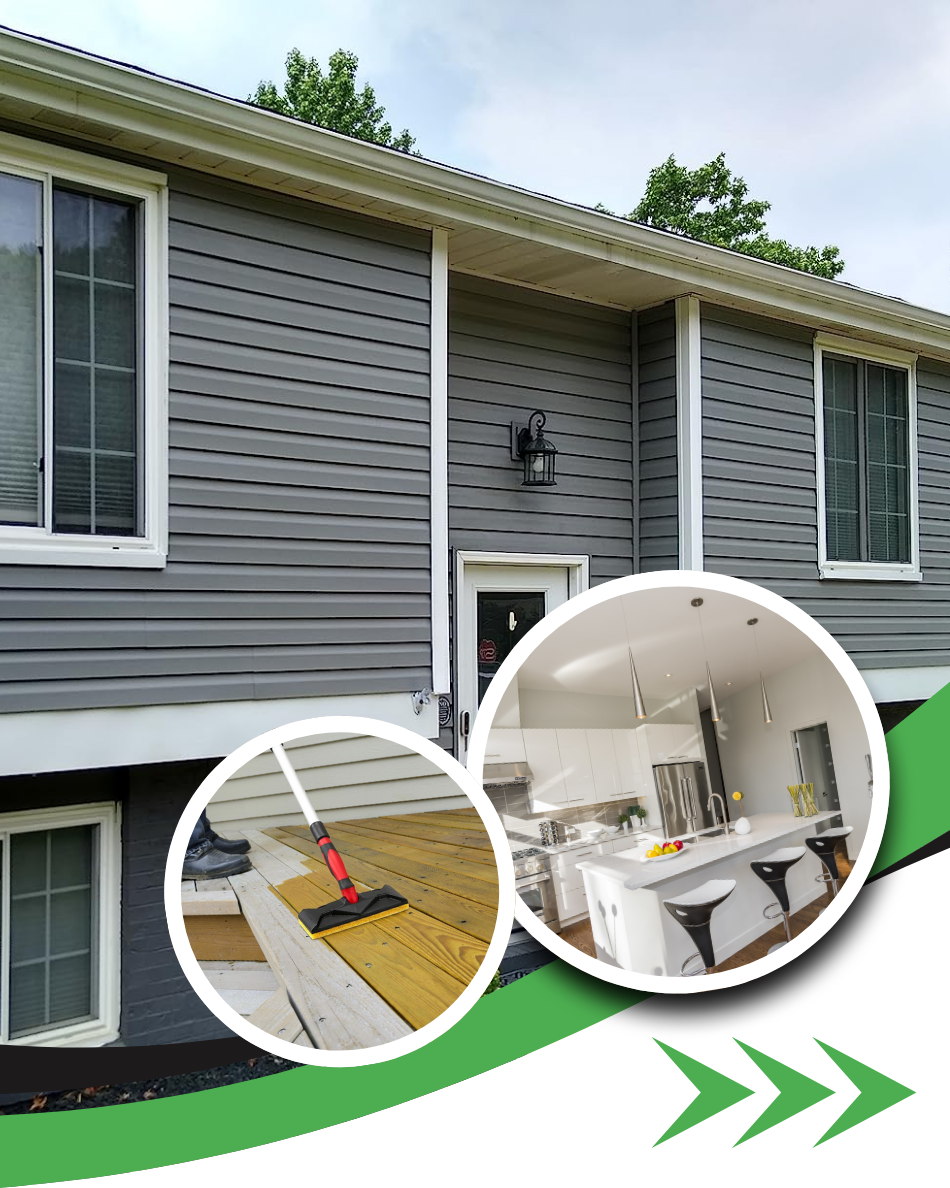Vinyl siding is a popular, low-maintenance option for homeowners, but over time it can lose its luster due to a chalky white substance known as remove oxidation. If your home’s exterior has started to look dull or faded, this guide will walk you through exactly how to bring it back to life. From causes to prevention and product suggestions, we’ve got you covered.
What Is Oxidation and Why Does It Affect Vinyl Siding?
Oxidation is a natural chemical reaction that occurs when vinyl siding is exposed to UV rays, air pollutants, and moisture over time. This leads to the breakdown of the outer surface, resulting in a chalky, faded appearance. The more sun exposure your siding gets, the faster this process happens.
Homes in areas with high humidity or intense sunlight are especially prone to this issue. Luckily, it’s reversible with the right techniques and products.
Signs That Your Siding Needs Remove Oxidation
You may notice your siding looking:
- Faded or discolored in certain areas
- Chalky to the touch
- Uneven in appearance even after a regular wash
If you see these signs, it’s likely time to remove oxidation using targeted cleaning methods and protective treatments.

Step-by-Step Guide to Cleaning Oxidized Vinyl Siding
1. Rinse the Surface Thoroughly
Start by spraying down the siding with water to remove any loose dirt or debris. This helps you see the full extent of the oxidation and prepares the surface for deeper cleaning.
2. Use a Specialized Cleaner
Choose a cleaning solution designed to tackle oxidation. A vinyl siding cleaner is much more effective than household soap, as it breaks down the chalky residue without damaging the vinyl.
Apply the cleaner with a soft-bristle brush or a sponge mop. Work in small sections and scrub gently to avoid scratching the surface.
3. Rinse and Repeat as Needed
After applying the cleaner, rinse thoroughly with water. If areas remain discolored, repeat the process. Don’t let the cleaner dry on the surface, as it can leave streaks.
4. Apply a Vinyl Siding Restorer
Once your siding is clean, consider applying a restorer product. These solutions enhance color, add a protective layer, and can help delay future oxidation. Choose a non-toxic, eco-friendly product whenever possible.
Preventing Future Oxidation on Vinyl Siding
Prevention is always better than cure. Here are a few strategies to keep your vinyl siding looking new:
- Clean your siding at least once a year
- Use a pressure washer with low pressure and a wide spray tip
- Apply a UV-protectant coating after cleaning
- Avoid using harsh chemicals or abrasive tools
A protective finish not only improves appearance but also creates a barrier against sun and moisture damage.
Choosing Safe and Effective Products
When dealing with outdoor surfaces like vinyl siding, it’s important to choose products that are both effective and environmentally responsible. Many conventional cleaners contain harsh chemicals that can harm nearby plants and pollute runoff water.
Look for biodegradable, plant-based formulas and make sure they’re safe for use around landscaping. Products that list ingredients clearly and have third-party certifications are generally a safer bet.
Final Thoughts: Long-Term Care for a Fresh Exterior
Oxidation doesn’t have to ruin the look of your home. With a little knowledge, the right tools, and eco-friendly products, you can restore your vinyl siding to its original color and keep it looking great for years to come. Start with a thorough cleaning using a specialized siding cleaner, follow up with a protective restorer, and maintain your siding regularly.
For those interested in going the extra mile with sustainable home care, consider finishing nearby wood accents or decks with an Organic wood finish to create a cohesive, eco-conscious exterior.
Your siding works hard to protect your home—take care of it the right way.



